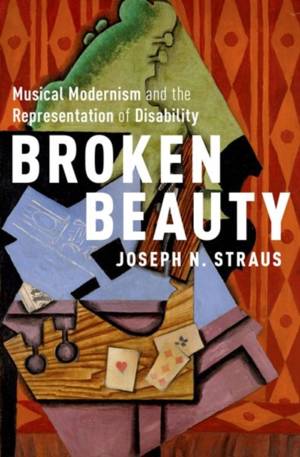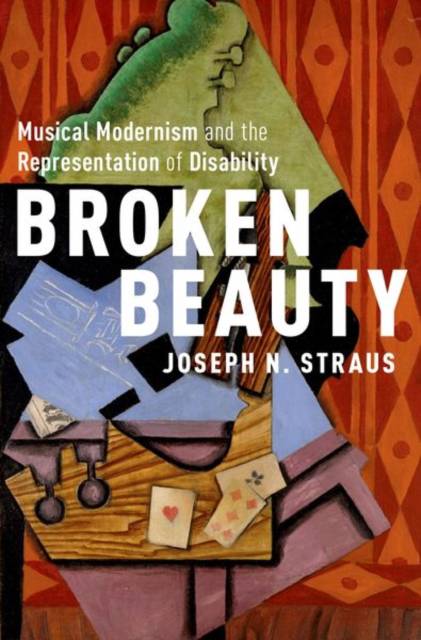
- Retrait gratuit dans votre magasin Club
- 7.000.000 titres dans notre catalogue
- Payer en toute sécurité
- Toujours un magasin près de chez vous
- Retrait gratuit dans votre magasin Club
- 7.000.0000 titres dans notre catalogue
- Payer en toute sécurité
- Toujours un magasin près de chez vous
Broken Beauty
Musical Modernism and the Representation of Disability
Joseph N Straus
Livre relié | Anglais
78,95 €
+ 157 points
Description
Preeminent music theorist and leader in the study of music and disability Joseph Straus presents a truly groundbreaking take on musical modernism--demonstrating in an expansive and vivid multimedia presentation that modernist music is inextricably entwined with attitudes toward disability. In Broken Beauty, Straus argues that the most characteristic features of musical modernism--fractured forms, immobilized harmonies, conflicting textural layers, radical simplification of means in some cases, and radical complexity and hermeticism in others--can be understood as musical depictions of disability conditions, including deformity/disfigurement, mobility impairment, madness, idiocy, and autism. Against the traditional medical model of disability, which sees it as a bodily defect requiring diagnosis and normalization or cure, this new sociocultural model of disability sees it as cultural artifact, something that is created by and creates culture. Straus places this revised model of disability against a wide range of canonical, high-art concert music from the first decades of the century through the 1950s. Broken Beauty illustrates how disability is right at the core of musical modernism; it is one of the things that musical modernism is fundamentally about.
Spécifications
Parties prenantes
- Auteur(s) :
- Editeur:
Contenu
- Nombre de pages :
- 224
- Langue:
- Anglais
Caractéristiques
- EAN:
- 9780190871208
- Date de parution :
- 08-10-18
- Format:
- Livre relié
- Format numérique:
- Genaaid
- Dimensions :
- 157 mm x 236 mm
- Poids :
- 430 g

Les avis
Nous publions uniquement les avis qui respectent les conditions requises. Consultez nos conditions pour les avis.






